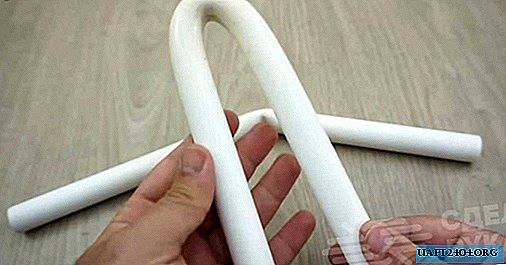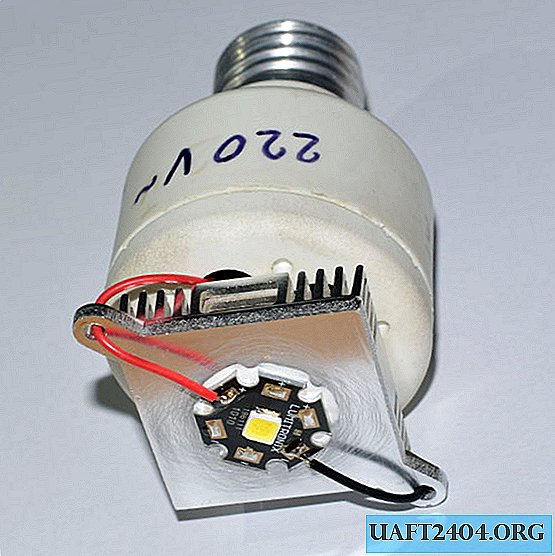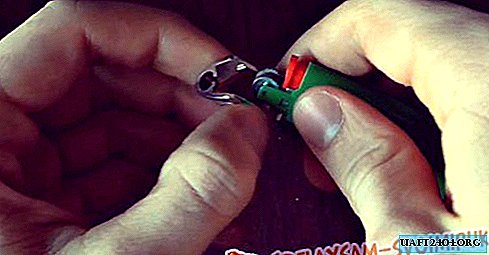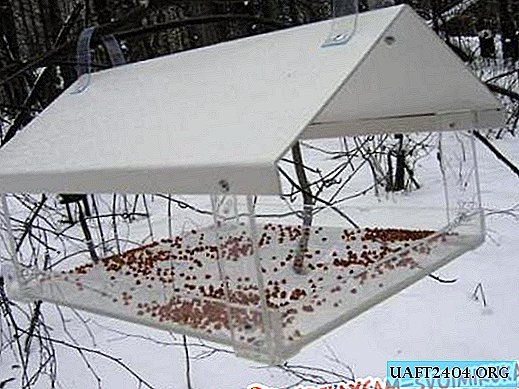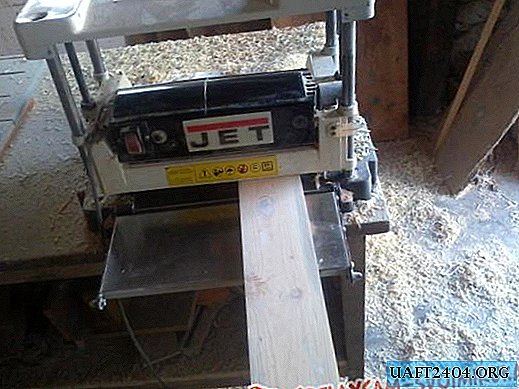Share
Pin
Tweet
Send
Share
Send
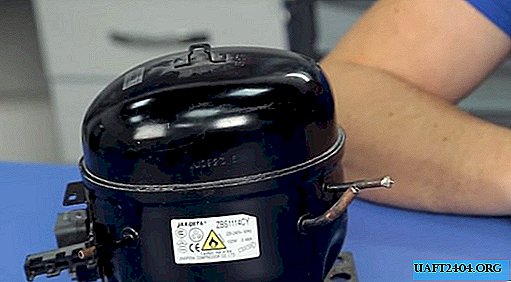
Complete set and purpose of piston compressor elements for the refrigerator
If you look behind your refrigerator, you can see there a small black metal tank with a flattened collar, from which several tubes go off. This is the compressor. Its casing is sealed, and the lead-in copper tubes are led out to the cooling lattices of the refrigerator located on its rear panel.


Inside the casing is the mechanism of the compressor installation, consisting of a motor, a piston cylinder with an adjacent valve, mounts and copper tubes, ornately twisted around the installation itself. There are only three such tubes in modern compressors. Two of them, located nearby, are responsible for the supply and return to the system of freon, which is constantly circulating in the system under a certain pressure. This pressure is designed to create a compressor.

The third tube is usually sealed from the end. It is located on the opposite side from the previous ones, and through it the system is charged with freon. This tube leads to a plastic silencer, smoothing the noise coming from the freon into the housing.

The compressor engine is most often asynchronous, consists of vertically arranged windings (stator) and a movable armature (rotor), to the end of which a crankshaft with a rocker or connecting rod that drives the piston is fixed. The engine housing is integrated with the compressor cylinder, and is located on an independent suspension of four springs, smoothing vibration from the engine, and making the compressor work almost silent.

During operation of the compressor, the installation together with the engine heats up quite a lot, and its temperature inside the casing can reach about 100 degrees Celsius. This is due to the high pressure pumped by the compressor to distill Freon, in the environment of which the engine is forced to work. At the bottom of the casing is a certain amount of mineral or synthetic oil (about 200 grams), which under temperature and pressure turns into an aerosol and mixes with the refrigerant and enters the cooling system of the refrigerator. The centrifugal oil pump, which is located inside the rotor shaft, is responsible for supplying oil to the bearings, valves and piston of the compressor unit.



A start-up relay equipped with a temperature sensor is located on the outside of the compressor casing and performs several very important functions:
- Regulates the supply of electricity to the compressor unit;
- It cuts off the electricity supply to the compressor motor that has jammed due to any breakdown, protecting the stator winding from overheating and combustion. After some time, a re-feed takes place, and in case of a malfunction, shutdown;
- Protects the wiring from fire in case of overheating of the contact group, and the wires connected to it. An extremely useful function, because a huge number of domestic fires still occur due to the fault of a wiring fire.

General principle of the cooling system
As a result of the high pressure pumped by the compressor and valves, the freon heats up very much, falling into the condenser grate of the refrigerator, which is located on its rear wall. Changing its state of aggregation, that is, passing from steam to liquid, the refrigerant through a capillary tube, which reduces its pressure, enters the evaporative radiator, in which it again turns into steam. The cyclical movement of freon through the cooling system is accompanied by the release of heat through the grill into the environment. And in the evaporative radiator, cooling takes place, which is then transferred to the refrigerator chamber.
Practical tips
- Do not tilt or tilt the refrigerator to a horizontal position. When tilted excessively, the compressor mechanism can easily slip off the shock absorbing springs of the independent suspension, and never again stand on them. After the refrigerator is returned to its original vertical position, the main unit - the compressor - will need repair.
- In the event of a complete absence of compressor start-up, it is necessary first of all to check the start relay, contact group and supply cable. Perhaps this way you can avoid service repair of the refrigerator.
- The compressor casing, although it consists of two parts, but they are usually tightly sealed. Therefore, in the event of a malfunction, the disadvantages of the compressor installation itself cannot be so easily determined. Sometimes you even have to cut the case, looking for the cause of the breakdown. In such cases, it will be more rational to replace the unit with a new one.


If you want to dismantle the refrigerator compressor yourself at home, you need to provide good ventilation or ventilation of the room, since freon vapors can be poisonous. This is especially true of old Soviet-era refrigerators. Repairing the refrigerator, replacing the filter, cutting and soldering copper tubes, dismantling and repairing the compressor, and refueling the cooling system have a lot of nuances that make it wiser to entrust this work to professional craftsmen or after-sales service.
Share
Pin
Tweet
Send
Share
Send

